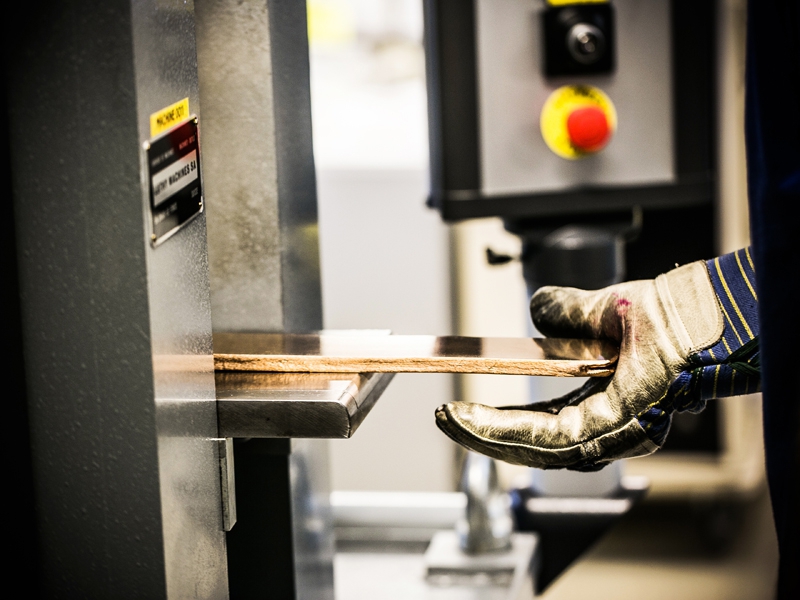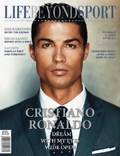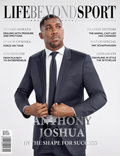The Fair Trade movement is something more and more consumers are becoming aware of since its inception in the late 1980s, although, a collection of organisations designed to get fair treatment and prices for producers of everything from coffee and chocolate to precious gems has existed in various forms since not long after World War Two.

However, you do not have to look far to find evidence that even in these enlightened times, fair trade can still be bypassed in some sectors of the precious gem and metal industry in favour of increased profit, usually at the expense of those who work in harsh conditions to extract quarry.
A 2013 Pulitzer Center report, for example, drew attention to the fact that more than half of all children aged under 18 in the landlocked African state of Burkina Faso toil in agriculture or mining. They are exposed to hazardous conditions and chemicals, with the demand for gold meaning that often entire families - both parents and children - will seek work in mines as a means of funding something better than their subsistence lifestyles.

In a fast moving, global market place, there is an onus on the consumer to choose products that are ethically sourced, but the responsibility must ultimately lie with the producer to come up with them in the first place.
While awareness of and attempts to eradicate poor mining practice is now on the global stage, Chopard is leading the way in terms of watchmakers, bringing the issue to light with the L.U.C QF Tourbillon Fairmined.

A programme related to fair practice in mining dates back to the Cannes Film Festival in 2013 when Chopard launched The Journey to Sustainable Luxury. Under the programme, the brand forged a relationship with South American non-government organisation the Alliance for Responsible Mining (ARM), providing social welfare, as well as the training and education about the natural resources which surround mines and how to protect them.
Through this, Chopard was the first luxury watch and jewellery company to help gold mining communities achieve “Fairmined” status, meaning the metal was sourced in a responsible manner by miners receiving fair payment and an overall premium for their work.
The years of 2013 and 2014 were important for Chopard in terms of its commitment to sustainable and fair practices, as it showcased a number of additions to its Green Carpet Collection (inspired by the Eco-Age sustainable production benchmark Green Carpet Challenge) at the Cannes and Venice Film Festivals and at the Golden Globes in Los Angeles.

The programme of sustainability continued in March 2014 at the world watch fair Baselworld, when the L.U.C QF Tourbillon Fairmined was launched. The appearance of the watch is a mix of style and restrained flamboyance that enthusiasts have come to accept from classic Chopard timepieces. The L.U.C line of watches is a permanent mainstay of the brand’s collection. The initials L.U.C are in homage to Louis-Ulysse Chopard, who founded the watchmaking company in his workshop in the Swiss village of Sonvilier in 1860 when he was aged just 24. At that time, his company was known simply as L.U.C - later becoming known as Chopard as first Louis-Ulysse’s son then grandson took over.
It is hard to know exactly what Louis-Ulysse would have made of the sourcing of precious metals for watches made in Switzerland from far flung South America. While once, rural watchmakers would have sourced the metal for their timepieces from their native Switzerland, due to rich natural resources, metal mining in the country has ceased, meaning the raw material must come from elsewhere. Always a resourceful man, realising he had the capacity for greater income by assembling complete watches rather than selling movements and parts to dealers as his rivals did, it is perhaps likely that Louis-Ulysse would have approved of this innovation in sourcing the finest metal at a fair price to workers.
The QF in the watch’s name refers to Qualité Fleurier, for Fondation Qualité Fleurier, a prestigious watchmaking certification for which manufactures submit their timepieces to a serious of high-powered tests to establish their precision, from reliability and durability to aesthetics. Watches are also tested in a simulated wear machine known as the Fleuritest. Chopard is currently the record holder for having the largest number of timepieces certificated by the FQF.

The gold used to make the watch is sourced from the Columbian gold mining cooperative Coodmilla, located in the Narino region, with Chopard committing to purchasing a substantial quantity of the coop’s quarry along with other producers who aspire to meet the “Fairmined” standards.
The case of the watch is rose gold, a substantial but not ostentatious 43mm in diameter, featuring alternating satin finish and polished surfaces. The dark grey dial features Roman numerals, harking back to L.U.C’s earliest watches, while the gilded Dauphine hands of the watch reference a later period in Chopard history - the 1930s when the founder’s son, Paul Louis Chopard, was at the helm of the company. The darkness of the dial makes a striking contrast with the delicate rose gold of the case. The 12 and the six numerals have both been omitted in order to make way for the power reserve indicator and the visible tourbillon, which also houses the small seconds sub dial, meaning the main dial maintains its clutter free appearance.
The case-back is sapphire crystal, providing a view of the Chopard L.U.C 02.01-L movement which drives the power reserve and tourbillon. The watch offers a power reserve of 216 hours and is water resistant to 50m. The commitment to sustainability continues with an alligator strap which has been certified by CITES, the Convention on International Trade on Endangered Species of Wildlife and Fauna.
While the watch may have a similar outward appearance to its Chopard L.U.C counterparts, it enjoys a unique status, not just for the brand, but for watchmaking itself. The gold used represents a shift towards finding ways for the luxury industry to contribute to a sustainable world economy, rather than simply be exploiters of it. There can be few things more valuable than that.
TEXT: IMOGEN LILLYWHITE
.jpg) Life Beyond Sport magazine is a pioneering publication that breaks through the traditional barriers of men’s lifestyle magazines by smoothly combining a man’s love of sport with his passion for the finer things in life. The magazine contains a range of features, interviews and photo-shoots that provide an exclusive insight into the sportsman’s lifestyle. Only in Life Beyond Sport will you find the biggest names from the worlds of Football, Tennis, Formula 1, Golf, Polo and more.
Life Beyond Sport magazine is a pioneering publication that breaks through the traditional barriers of men’s lifestyle magazines by smoothly combining a man’s love of sport with his passion for the finer things in life. The magazine contains a range of features, interviews and photo-shoots that provide an exclusive insight into the sportsman’s lifestyle. Only in Life Beyond Sport will you find the biggest names from the worlds of Football, Tennis, Formula 1, Golf, Polo and more.














































